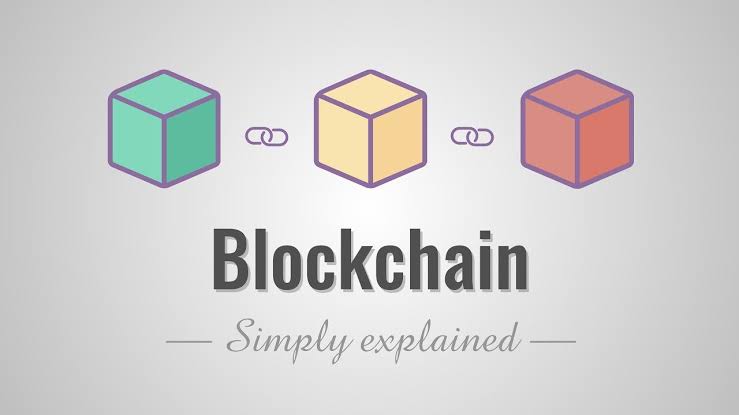Blockchain technology has become one of the most talked-about innovations in recent years, yet many people still find it complex and difficult to understand. At its core, blockchain is simply a way of recording information in a secure, transparent, and tamper-proof manner. Instead of relying on a single authority to keep records, blockchain uses a decentralized system where multiple participants maintain and verify the same data. This makes it highly reliable, efficient, and trustworthy.
What is Blockchain?
Blockchain is a digital ledger or record-keeping system that stores information in blocks. Each block contains a list of transactions or data, and once a block is full, it is linked to the previous one, forming a chain. This is why it is called a blockchain.
Unlike traditional databases that are stored in one central location, blockchain is decentralized. This means that copies of the blockchain exist across a network of computers, called nodes, making it nearly impossible to alter past records without being detected.
How Blockchain Works
The working of blockchain can be explained step by step:
- A transaction is requested by a user, such as transferring money or sharing digital information.
- The transaction is verified by computers in the blockchain network using complex algorithms.
- Once verified, the transaction is grouped with others into a block.
- This block is added to the existing chain in chronological order.
- The updated blockchain is shared across the entire network, making it accessible and visible to all participants.
This process ensures that every piece of information stored on the blockchain is accurate and cannot be changed easily.
Key Features of Blockchain
Several features make blockchain unique compared to traditional systems:
- Decentralization: No single authority controls the data. It is distributed across many computers.
- Transparency: All participants can view transactions on the blockchain.
- Security: Data is encrypted and nearly impossible to alter once recorded.
- Immutability: Once information is added to the blockchain, it cannot be changed or deleted.
- Efficiency: Transactions can be processed quickly without middlemen.
These features make blockchain especially useful for industries that rely on trust and accurate record-keeping.
Common Uses of Blockchain
Although blockchain is often linked with cryptocurrencies like Bitcoin, its applications go far beyond digital money. Some common uses include:
- Financial transactions such as cross-border payments without banks.
- Supply chain management to track products from manufacturing to delivery.
- Healthcare systems for securely storing patient records.
- Voting systems to prevent fraud and ensure transparency.
- Real estate for simplifying property transfers and reducing paperwork.
These uses highlight the flexibility of blockchain technology across different sectors.
Benefits of Blockchain
The growing popularity of blockchain is largely due to its many benefits. Some of the most important include:
- Greater trust because data is transparent and verifiable.
- Reduced costs by eliminating middlemen in transactions.
- Improved speed of processes, especially in banking and logistics.
- Enhanced security through encryption and distributed storage.
- Long-term reliability since data cannot be easily manipulated.
These benefits make blockchain an attractive technology for both businesses and governments worldwide.
Challenges of Blockchain
Despite its promise, blockchain still faces challenges that limit its widespread adoption. Some of these challenges include:
- High energy consumption in certain blockchain systems, such as Bitcoin mining.
- Scalability issues, as blockchains can become slower with more users.
- Regulatory uncertainty, with governments still figuring out how to manage blockchain-based systems.
- Technical complexity, which makes it difficult for average users to understand and adopt.
Overcoming these challenges will be essential for blockchain to reach its full potential.
The Future of Blockchain
As technology continues to advance, blockchain is expected to play a bigger role in everyday life. Many governments, banks, and large companies are already exploring its uses to improve trust, efficiency, and security in their operations. Future improvements are likely to make blockchain more scalable, energy-efficient, and user-friendly, opening the door for broader adoption across industries.
Conclusion
Blockchain technology may sound complex, but at its simplest, it is a secure and transparent way of recording information without relying on a central authority. By storing data in linked blocks that cannot be altered, blockchain ensures accuracy, security, and trustworthiness. With its growing applications in finance, healthcare, supply chains, and beyond, blockchain has the potential to reshape how people and businesses operate in the digital age.




Interesting